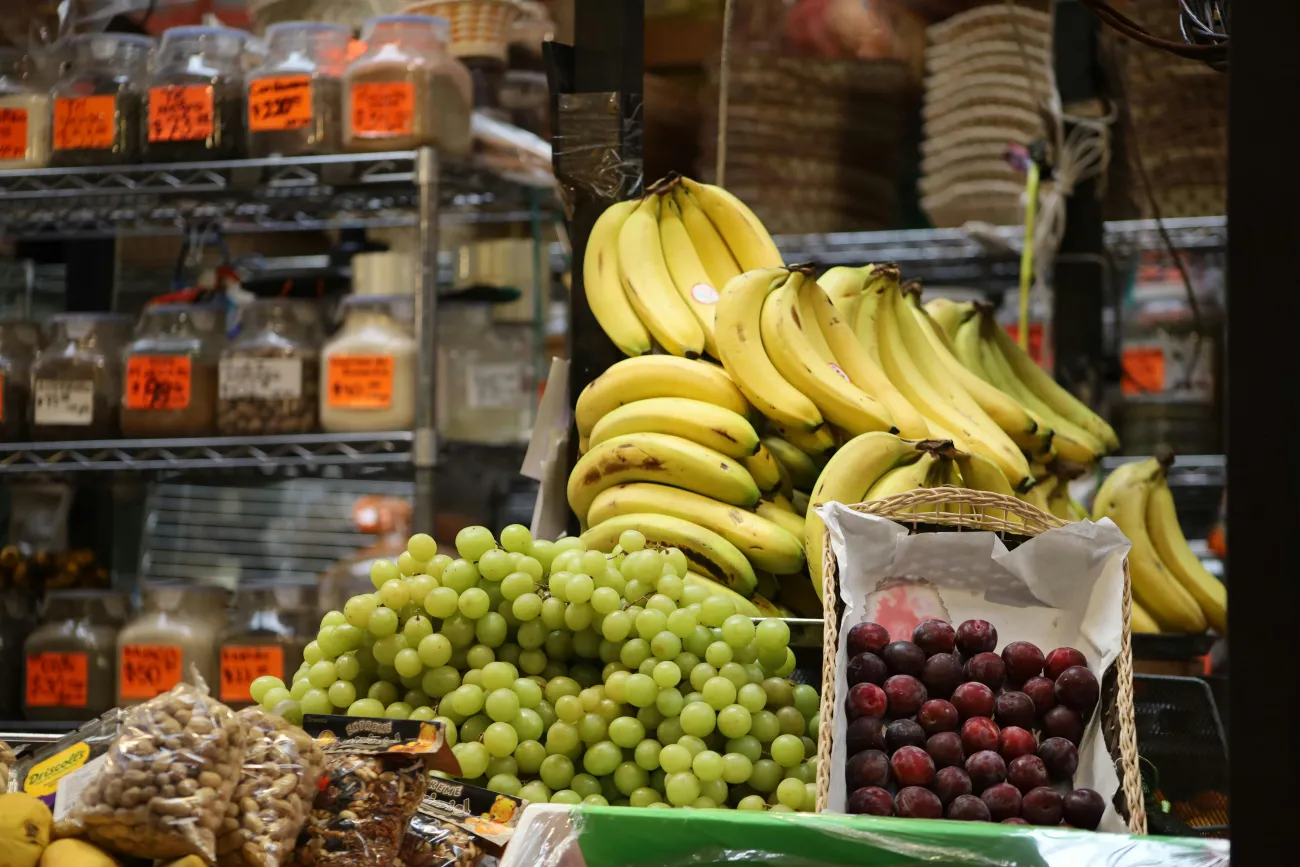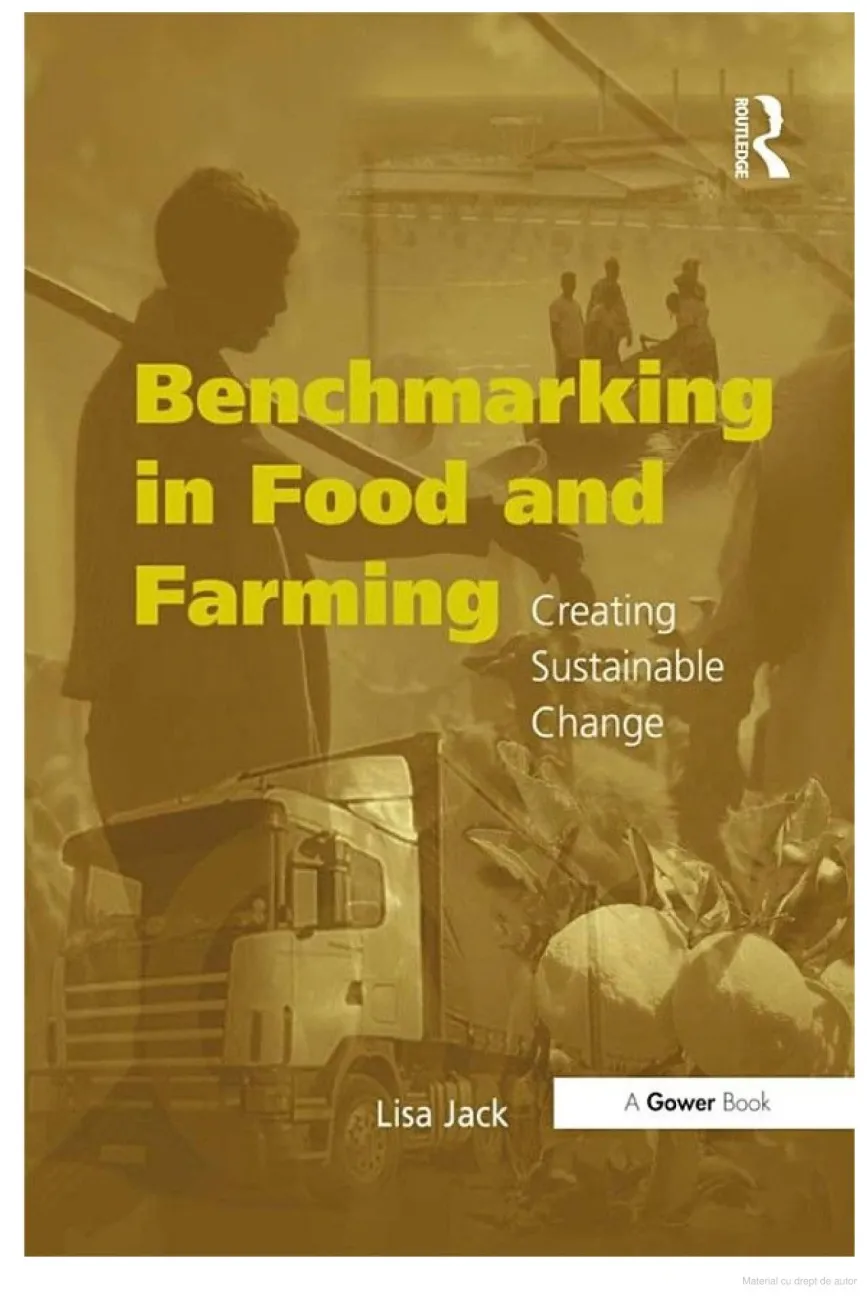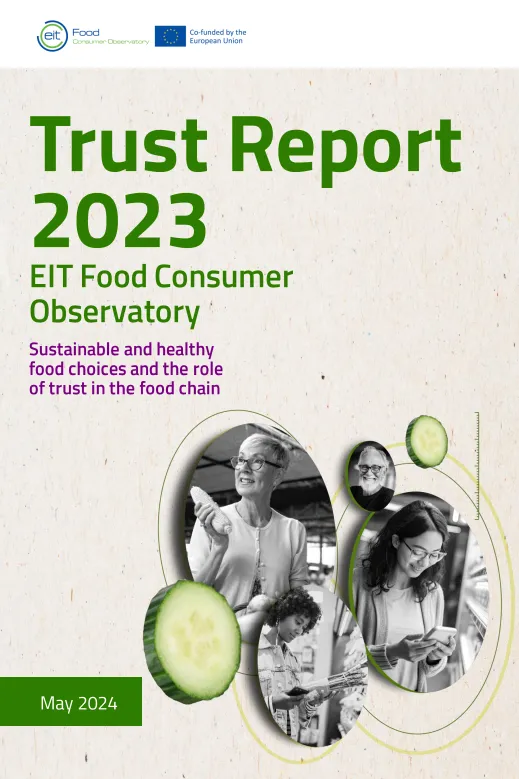Unilever has published a Sustainable Living Plan, which sets out three overarching goals it wants to achieve by 2020.
These are to:
- Halve the environmental footprint of its products
- Help more than 1 billion people take action to improve their health and well-being
- Source 100% of its agricultural raw materials sustainably
In more detail the targets for 2020 are as follows:
Health
To help more than a billion people to improve their hygiene habits and to bring safe drinking water to 500 million people (NB – through its Pureit in-home water purifier – I googled it and it’s currently selling for 2050 Indian rupees or £28 per unit).
To double the proportion of its portfolio that meets the highest nutritional standards, based on globally recognised dietary guidelines.
Livelihoods
- By 2020 to will link more than 500,000 smallholder farmers and small-scale
distributors into its supply chain.
Water
- Halve the water associated with the consumer use of its products by 2020.
Waste
- Halve the waste associated with the disposal of its products by 2020
GHG emissions
- To halve the greenhouse gas impact of its products across the lifecycle (NB in order to set the baseline, Unilever has calculated the GHG emissions across the lifecycle of over 1,600 representative products. It calculated them at an absolute level as well as on a per consumer use’ basis in 14 countries. The calculation covers 70% of its volumes).
As you can see from this pie chart, laundry and ‘personal hygiene’ products account for nearly three quarters of the total GHG footprint – and most of this is generated at the consumer stage (showering, putting on the washing etc).

Sustainable sourcing
By 2020, 100% of agricultural raw materials to be sourced sustainably. By product as follows:
- Palm oil: purchase all palm oil from certified sustainable sources by 2015.
- Paper and board: 75% of the paper and board for our packaging from certified sustainably managed forests or from recycled material by 2015 and 100% by 2020.
- Soy: source sustainably all soy beans by 2014 and all soy oils by 2020.
- Tea: by 2015 all Lipton tea bags sourced from Rainforest Alliance Certified™ estates. By 2020 100% of Unilever’s tea, including loose tea, will be sustainably sourced.
- Sustainable fruit and vegetables: 100% of our fruit from sustainable sources by 2015 (i.e. based on its Sustainable Agriculture Code)
- 50% of our top 13 vegetables and herbs from sustainable sources by 2012, and 100% by 2015. This accounts for around 80% of its global vegetable and herb volume.
- Cocoa: Will source cocoa sustainably for our Magnum (let’s hope they also start to get the apostrophes right on their billboards too – see below) and for all cocoa by 2020:
- Sugar, sunflower oil, rapeseed oil and dairy: all these raw materials sustainably by 2020.
- Ben & Jerry’s: All ingredients in Ben & Jerry’s ice cream that can be sourced Fairtrade will be certified by 2013.
- Eggs: move to 100% cage-free eggs for all our products, including Ben & Jerry’s ice cream and Hellmann’s, Amora and Calvé mayonnaises.
This is Unilever’s share of world volumes of these products:

And this is how much each of these contribute to its overall purchases:

And this is the link to the apostrophe howler.
To download the full report see here. For more specific info on how Unilever is defining its goals (ie. what it means by sustainable) see here.
To me, these targets look v. impressive. If anyone has any views / comments on the plans, please send them through, letting me know if you want me to circulate them more widely.




Comments (0)